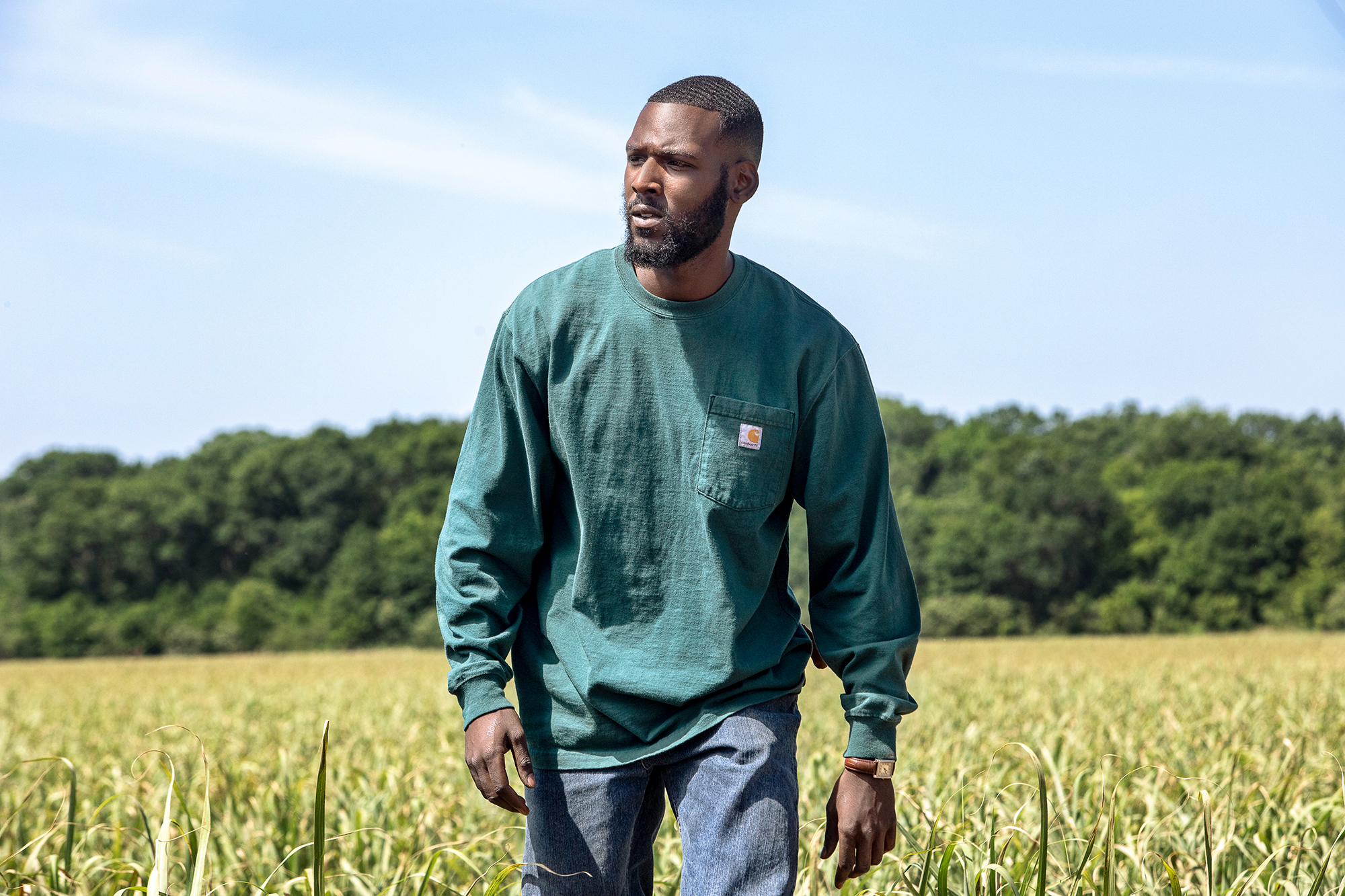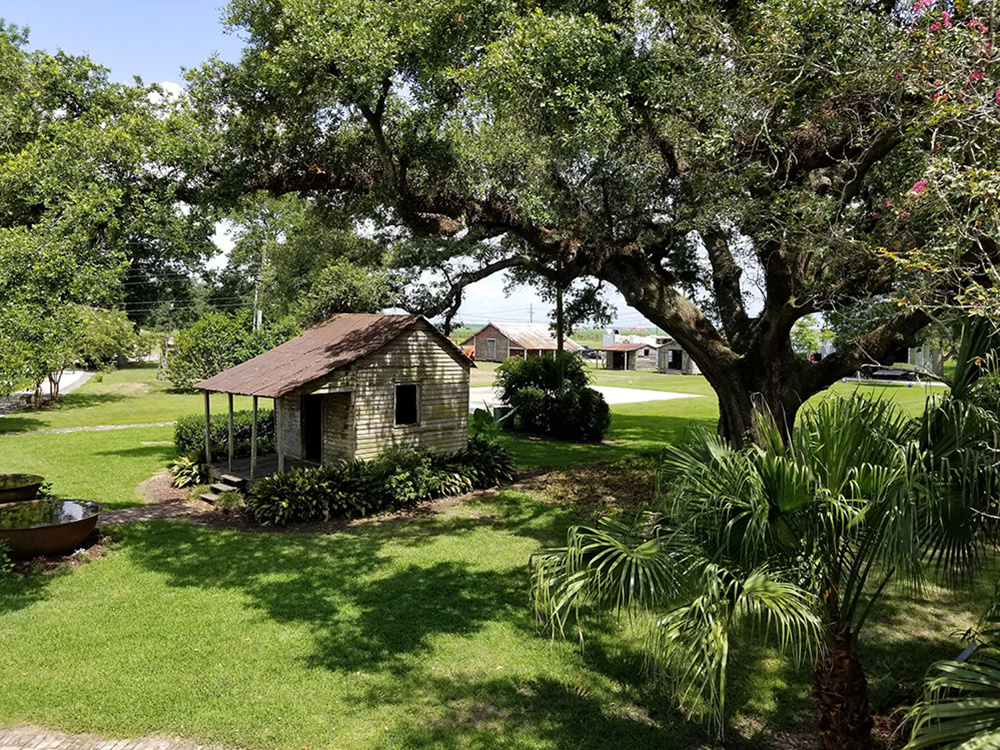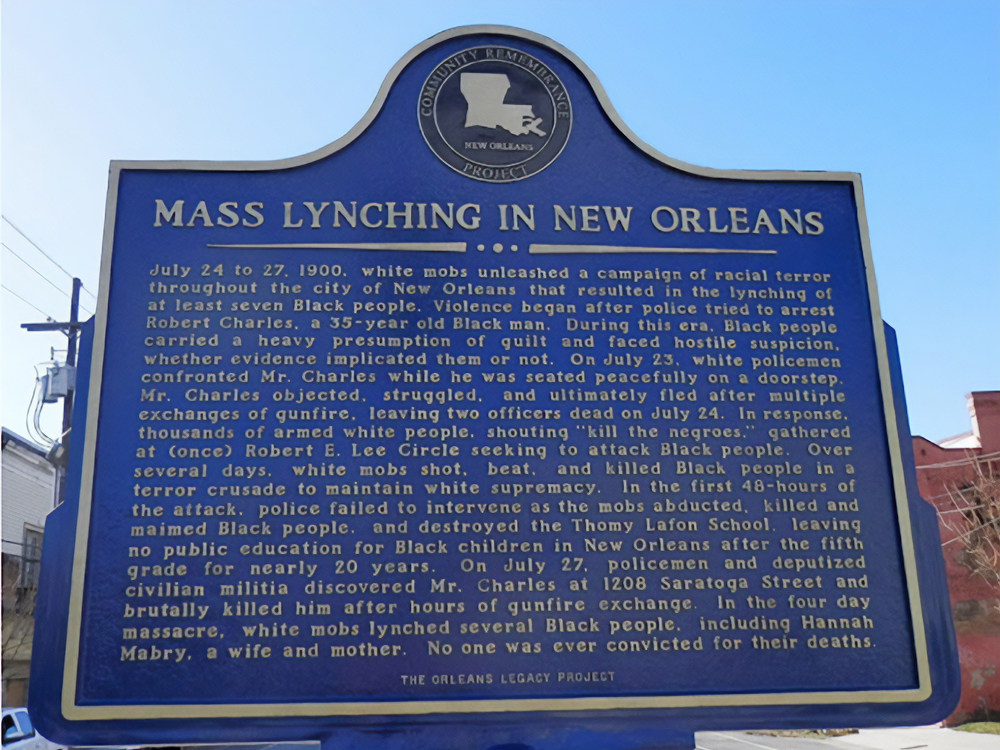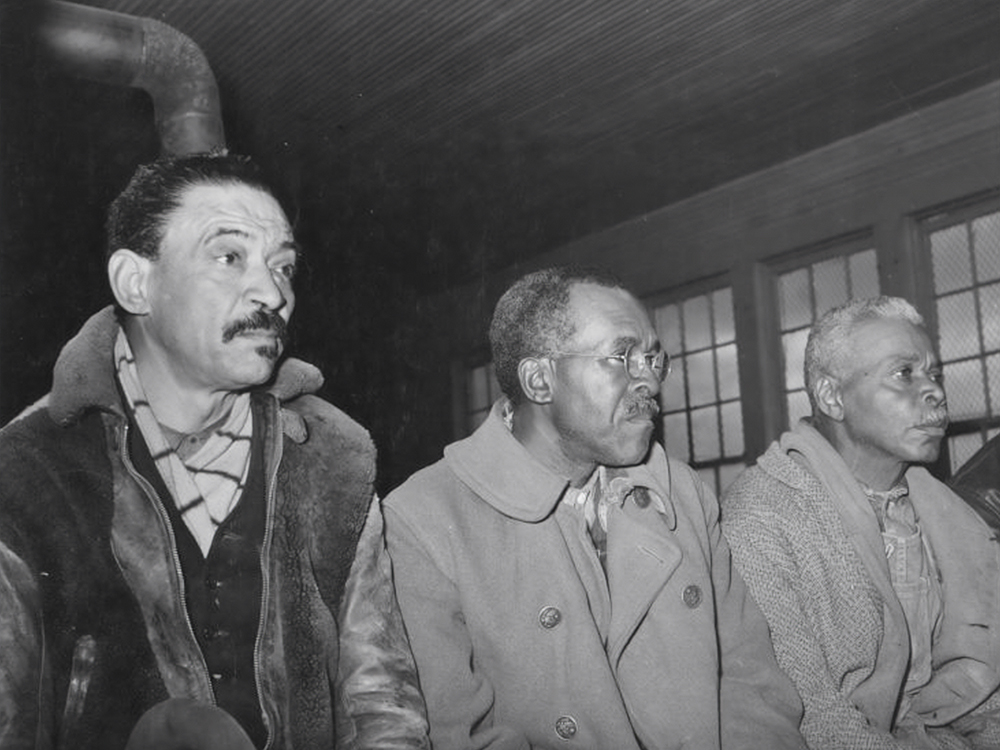In the television series QUEEN SUGAR, farmland is an essential part of the Bordelon family’s legacy.
In this lesson, learners will explore QUEEN SUGAR’s Bordelon Farm, examining how its fictional location in St. Josephine Parish fits into the real historical timeline of American farming, the plantation economy, sharecropping and the Great Migration.
In the television series QUEEN SUGAR, farmland is an essential part of the Bordelon family’s legacy.
In this lesson, learners will explore QUEEN SUGAR’s Bordelon Farm, examining how its fictional location in St. Josephine Parish fits into the real historical timeline of American farming, the plantation economy, sharecropping and the Great Migration.
How We Got Here:
The Origins of QUEEN SUGAR
As Black landowners in Louisiana’s fictional St. Josephine Parish, the Bordelon family lives on what is historically known as Louisiana’s River Road, a 70-mile stretch of land that winds along both banks of the Mississippi River from Baton Rouge to New Orleans. The modern homes, farmland and large factories you see today were once prosperous plantations cultivated by slave labor.
Much of QUEEN SUGAR is filmed on the St Joseph Plantation, in the city of Vacherie, in St. James’s Parish.
In this learning companion we refer to the fictional parish as St. Josephine and the real life parish as St. James.
How We Got Here:
The Origins of QUEEN SUGAR
As Black landowners in Louisiana’s fictional St. Josephine Parish, the Bordelon family lives on what is historically known as Louisiana’s River Road, a 70-mile stretch of land that winds along both banks of the Mississippi River from Baton Rouge to New Orleans. The modern homes, farmland and large factories you see today were once prosperous plantations cultivated by slave labor.
Much of QUEEN SUGAR is filmed on the St. Joseph Plantation, in the city of Vacherie, in St. James’s Parish.
In this learning companion we refer to the fictional parish as St. Josephine and the real life parish as St. James.
Video clip courtesy of OWN: Oprah Winfrey Network
LESSON ONE
Key Themes
1. Legacy of Land
2. Land Ownership
3. Inheritance
Learners will explore QUEEN SUGAR’s Bordelon Farm, examining how the fictional location in St. Josephine Parish fits into the real historical timeline of American farming, the plantation economy, sharecropping and the Great Migration.
LESSON ONE
Objectives
At the end of this lesson, participants will be able to:
- Understand the impact of sugarcane farming on the eighteenth-, nineteenth- and twentieth-century Louisiana and American economies
- Use primary source documents from the Freedmen’s Bureau to compare and contrast enslavement with emancipation
- Evaluate the current state of Black American farmers
- Track migratory patterns of the formerly enslaved
Courtesy of the Library of Congress
LESSON ONE
Introduction
Video clip courtesy of OWN: Oprah Winfrey Network
Angel Bordelon (b. 1870), great-great grandfather to Nova, Charley and Ralph Angel, came of age during the Jim Crow era while living on the Landry land with his family as sharecroppers. His parents saw freedom and rights given to Black citizens in the late 1860s, then witnessed those same rights stripped away through legal acts such as the Supreme Court’s 1896 Plessy vs. Ferguson decision, which affirmed Louisiana’s state law of segregation. Angel would eventually buy the land where his family was enslaved and pass it down to his heirs.
In this lesson, let’s explore QUEEN SUGAR’s Bordelon Farm, examining how the fictional location in St. Josephine Parish fits into the real historical timeline of American farming, the plantation economy, sharecropping and the Great Migration.
Queen Sugar
South Louisiana is sugarcane country; in the nineteenth century, if cotton was considered king, sugar was queen. Sugarcane, which is a Caribbean crop, flourished in Louisiana’s hot and humid environments and moist soil. Sugarcane was first introduced to the state by Jesuit priests in 1751. The first sugarcane plantation in Louisiana with enslaved people as the cultivators was owned by Etienne Debore, whose plantation was located in present-day Audubon Park in New Orleans. Debore benefited from the Haitian Revolution (1791–1804): as exiled sugar makers sought refuge in New Orleans, Debore leveraged their skills into a profitable industry.

More plantation owners, much like QUEEN SUGAR’s fictional Landry family, began growing sugarcane after the United States acquired the territory from the French as a part of the Louisiana Purchase in 1803. The crop was labor-intensive and large numbers of enslaved Africans were purchased to do this notoriously brutal and often deadly work. The industry grew rapidly, and by 1830, New Orleans had the largest sugar refinery in the world, with an annual capacity of 6,000 tons. Louisiana became the nation’s sugar-growing capital, thanks to slave labor, earning the nickname “sugar bowl,” which lives on in the college football bowl game played in New Orleans each year.
Reflection Questions
- What did you learn about plantations from the historian? What information is new to you?
- What stories are not being told by St. Joseph Plantation and other real-life plantations?
- Should events like parties and weddings be held on plantations that were previously farmed by the enslaved? If your answer is no, what other locations in your city or state do you believe should also be off limits due to their history?
There is so much more to learn about the Bordelon family! Continue this lesson by logging on to queensugar101.org with your desktop, laptop or tablet.
Lesson One: Legacy of the Land
Take a journey with QUEEN SUGAR‘s Bordelon family and follow their generational fight to keep the land of their forefathers.
Queen Sugar
& King Cotton
Bordelons, Landrys,
Lynching & Land
Movement
& Migration
Freed
Men
MODULE 1:
Queen Sugar & King Cotton
Bordelons, Landrys, Lynching & Land
MODULE 3:
Movement & Migration
MODULE 4:
Freed Men





